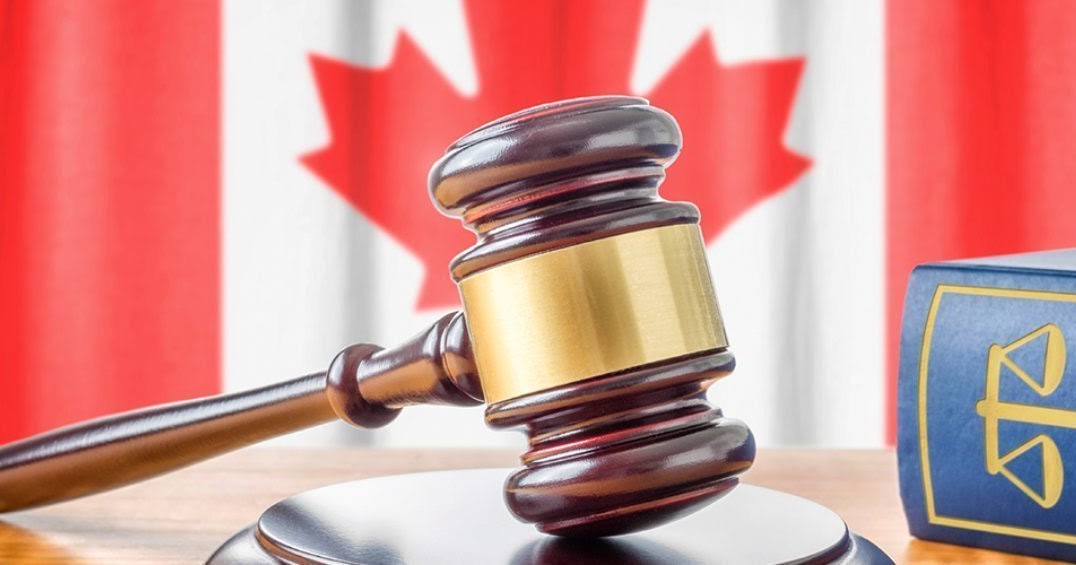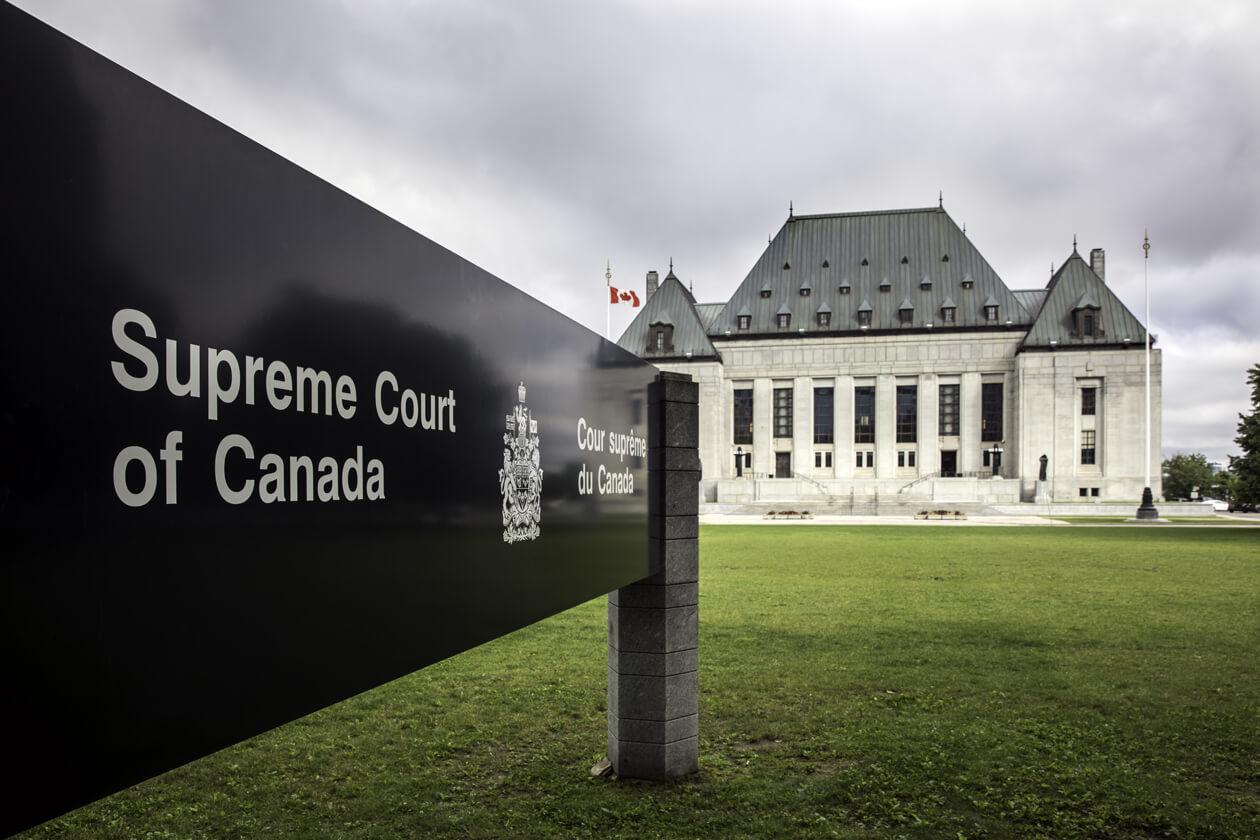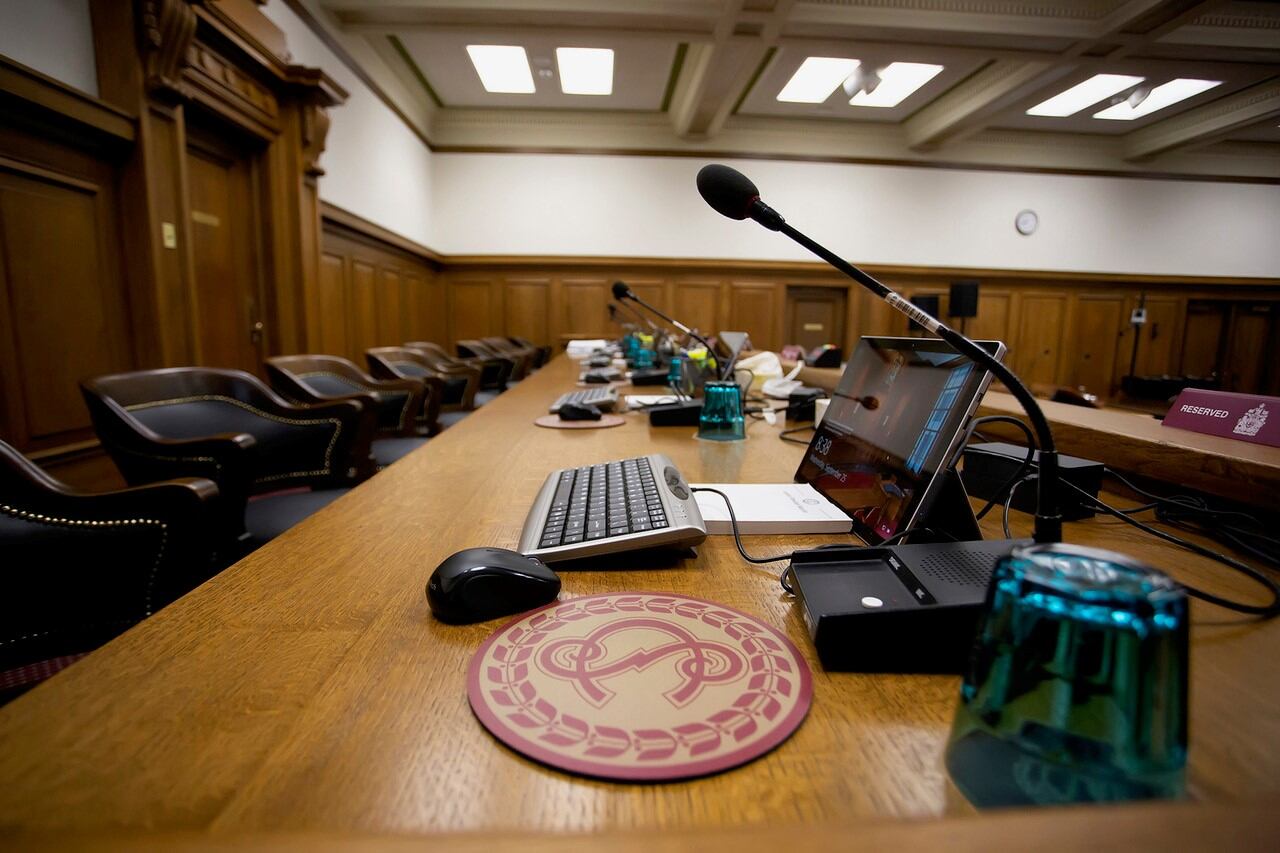Welcome to the second part of our ongoing look into the various judiciary systems around the world. In part 1, we took a brief look into the three-tier system in place in the US, and today we are crossing the border to see what systems they have place in the Great White North.
There are 4 levels of courts in Canada: The Supreme Court of Canada; the Federal Court of Appeal and provincial and territorial courts of appeal; provincial and territorial superior courts and provincial and territorial (lower) courts. Each type of law court has the authority to decide specific types of cases. Let’s have a look at them one at a time.
Supreme Court of Canada
The Supreme Court of Canada was established in 1875 by the Supreme Court Act as a general court of appeal for Canada. The court comprises nine justices appointed by the governor-in-council, three of whom must come from Quebec. This court has been the ultimate court of appeal for Canada since 1949. Special leave must be granted by either the Supreme Court itself or the lower court whose decision is being appealed against for the Supreme Court to take on an appeal these days.
In civil matters, the court now only hears raise matters of public importance to the country as a whole or involve an important question of law, such as the authority of government officials and tribunals to make certain decisions. The court must also rule on questions referred to it by the governor-in-council or appeals stemming from questions referred to provincial courts of appeal. These cases, known as references, almost always deal with the constitutional validity of legislation, proposed or existing. References are peculiar to the Canadian legal system. They enable governments to know, expeditiously, whether the legislation on which their actions depend is lawful.
Federal Court of Canada
The Federal Court of Canada was established by Parliament in 1971. Prior to that time, its predecessor, the Exchequer Court of Canada, existed principally to judge claims by or against the federal government or matters relating to maritime law, copyright, patent and trademark law and federal taxation statutes.
The Federal Court of Canada has the same jurisdiction but also has a supervisory jurisdiction in relation to decisions of tribunals and inferior bodies established by federal law. Until 2003, it was divided into a Trial Division and a Court of Appeal, which became separate courts: the Federal Court and the Federal Court of Appeal, respectively. Generally, matters originate in the Federal Court, but some appeals from inferior tribunals and some actions to set aside decisions of inferior tribunals proceed directly to the Federal Court of Appeal.
Provincial and Territorial Courts of Appeal
Each province and territory has a court of appeal; a court that hears appeals from the superior courts and provincial or territorial courts. A court of appeal’s decisions can, subject to certain restrictions, be appealed to the Supreme Court of Canada. The appeals heard by courts of appeal can be any decision from a lower provincial court in civil and criminal law, including property disputes, negligence claims, family disputes, bankruptcies and corporate reorganizations. They are usually heard by a panel of three judges.
In most provinces, the Court of Appeal has no original jurisdiction; all cases come to it as appeals from lower courts, the principal exception being the reference procedure whereby the provincial Cabinet may refer constitutional questions to the Court of Appeal.
Provincial and Territorial Superior Courts
Provincial and territorial superior courts can hear and determine any civil cause of action brought before them, except for suits within the exclusive jurisdiction of courts established by Parliament. In criminal matters, superior courts have jurisdiction to hear trials of any serious offences and have exclusive jurisdiction to hear cases involving particularly serious crimes, such as murder, treason, sexual assault and piracy.
A jury can be demanded by either the prosecution or the accused in every trial of an indictable offence over which the superior court has jurisdiction. Twelve persons comprise juries in criminal cases. The constitution of juries for civil cases is rare. It can be requested by either side when permitted by provincial law, and it is within the discretion of the trial court whether to allow the request. Civil juries have six members. In all trials in which a judge and jury are involved, it is the judge’s duty to determine questions of law and instruct the jury, and it is the jury’s duty to determine the questions of fact.
Provincial and Territorial Courts
Lesser criminal matters and some civil law cases are heard by provincial and territorial courts.
Many provinces and territories have courts staffed by judges appointed by the province to deal with lesser criminal matters, including trials of minor or summary conviction offences, trials of serious (indictable) offences where the accused elects to be so tried, and preliminary inquiries of indictable offences — a procedure whereby the magistrate determines whether there is sufficient evidence against the accused to warrant a trial.
In some provinces (Newfoundland, Ontario and Manitoba) the provincial court (criminal division) handles the matters assigned to provincial or territorial court judges under the Criminal Code, while other divisions handle small civil claims and such matters as family law. In Quebec, similar functions are performed by the Court of Québec (formerly, the Court of the Sessions of the Peace), and in some cities, by municipal courts.
Thus, concludes the second part of this series. Did you find it educational? Let us know in the comments below.



